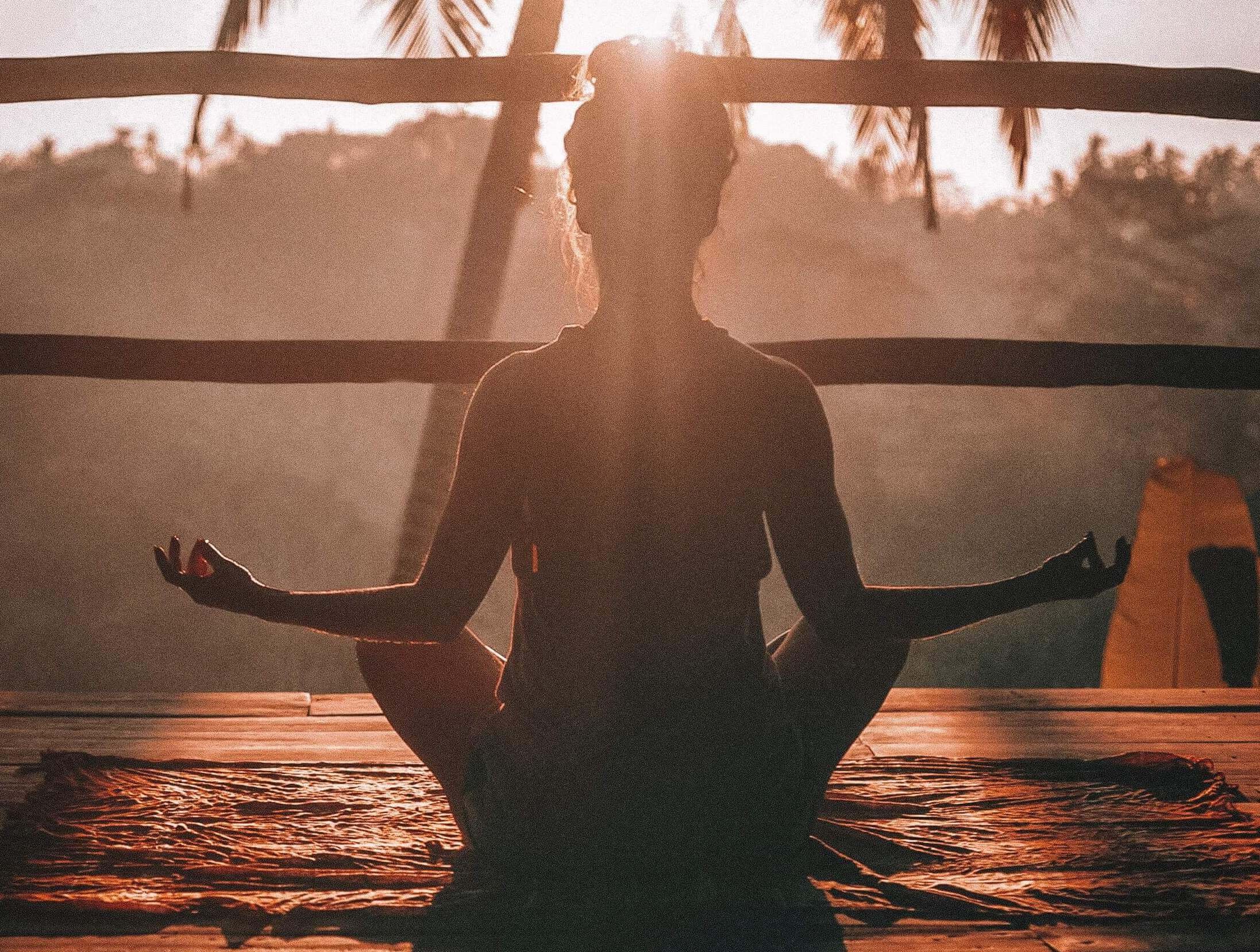What is Pranayama?
Unlocking Vitality and Calm
The Surprising Benefits of Pranayama Breathwork
Pranayama is a term often used in the context of yoga, and is becoming increasingly popular as a form of meditation and stress relief. However, many people are unfamiliar with what pranayama is and what it entails. This article will provide an overview of pranayama, its origins, benefits, techniques, and how to practice it safely.
Origins and Definitions of Pranayama
Pranayama has roots in Indian tradition and is often translated as “breath control.” However, it is important to note that pranayama is not simply holding the breath or exhaling forcefully. Instead, it is a holistic practice that involves the manipulation of the breath, with the goal of improving physical, mental, and spiritual well-being. Pranayama is one of the eight limbs of yoga, and has been practiced for centuries in various forms.
The Science of Breath
Breathing is a vital function that is often taken for granted. However, there is a growing body of research that supports the benefits of breathing techniques such as pranayama. Breathing affects every system in the body, including the cardiovascular, respiratory, and nervous systems. By controlling the breath, we can reduce stress, improve circulation, and enhance mental clarity.
Benefits of Pranayama
Pranayama has numerous physical, mental, and emotional benefits. Physically, it can improve lung capacity, reduce blood pressure, and enhance digestion. Mentally, it can reduce anxiety and depression and improve focus and concentration. Emotionally, it can help regulate mood and promote relaxation. Research has shown that pranayama can be an effective complementary therapy for a variety of conditions, including asthma, chronic obstructive pulmonary disease (COPD), anxiety disorders, and hypertension.
Types of Pranayama Techniques
There are many different types of pranayama techniques, each with its own unique benefits. Some of the most commonly practiced pranayama techniques include:
Ujjayi: Also known as “victorious breath,” this technique involves breathing through the nose while constricting the back of the throat, creating an audible sound.
Kapalbhati: This technique involves forceful exhalations through the nose, while inhaling passively.
Bhastrika: Also known as “bellows breath,” this technique involves rapid, forceful inhalations and exhalations through the nose.
Anulom Vilom: This technique involves alternate nostril breathing, in which the practitioner inhales through one nostril while blocking the other and then exhales through the opposite nostril.
Each technique can be modified to suit individual needs and preferences. However, it is important to start slowly and gradually increase intensity while paying attention to the body’s response.
How to Practice Pranayama
Pranayama can be practiced anywhere, at any time. To get started, find a comfortable seated position and begin to focus on the breath. Start with slow, deep inhalations and exhalations, and gradually increase the length of each breath. As you become more comfortable with the practice, try incorporating different pranayama techniques into your routine. It is important to maintain a calm and relaxed state throughout the practice and to avoid straining or forcing the breath.
Precautions and Contraindications
While pranayama is generally safe for most people, there are some precautions to be aware of. People with certain health conditions, such as asthma, heart disease, or pregnancy, should consult with a healthcare provider before starting a pranayama practice. Additionally, it is important to avoid practicing pranayama in certain environments, such as polluted or smoky areas.
Pranayama and Meditation
Pranayama is often used as a preparatory practice for meditation. By focusing on the breath, we can calm the mind and reduce distractions, making it easier to enter a meditative state. Pranayama can also help us become more mindful and present in our daily lives, improving our overall sense of well-being.
Incorporating Pranayama into Your Daily Routine
Pranayama can be practiced on its own or as part of a larger yoga or meditation practice. It can be done in the morning to start the day off on a calm note, or in the evening to wind down and relax. Practicing pranayama consistently can help us build resilience and develop a greater sense of inner peace.
Conclusion
Pranayama is a powerful practice that can have numerous physical, mental, and emotional benefits. Whether you are looking to improve your lung capacity, reduce stress and anxiety, or enhance your overall sense of well-being, pranayama can be a valuable addition to your daily routine. By approaching pranayama with intention and respect, we can tap into the power of our breath and discover new levels of health and vitality.


